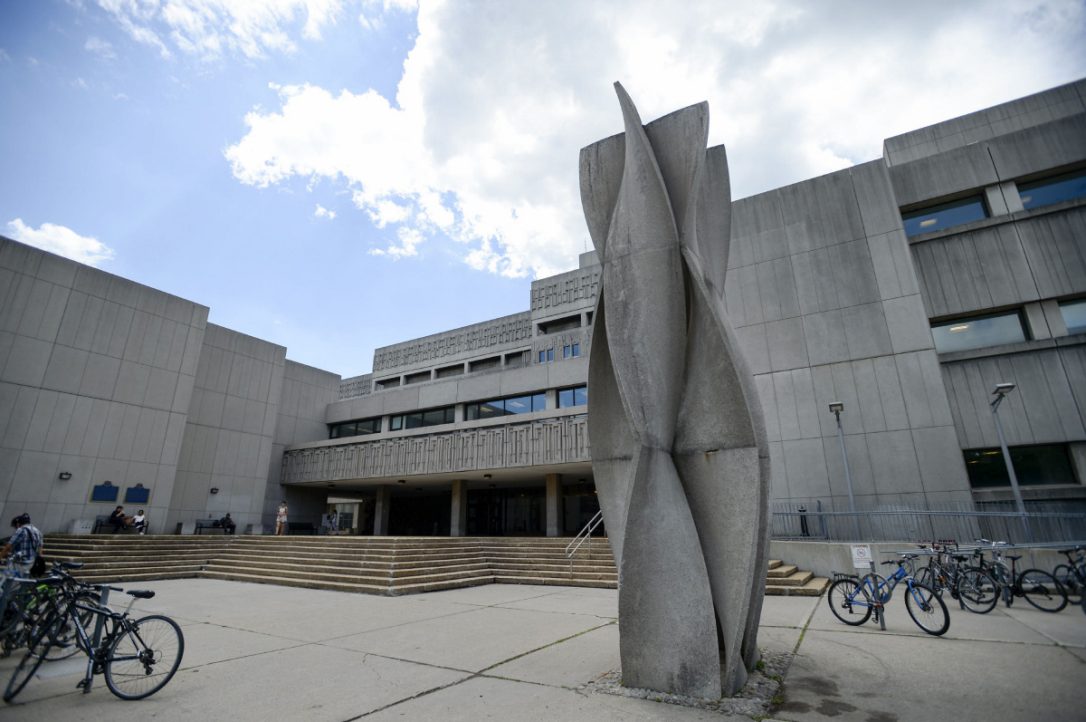190 Years of Science at U of T
Founded in 1827, the University of Toronto has since become one of the leading universities for scientific research in Canada. We have had a plethora of significant discoveries that have not only affected our country, but the world too.
Among these notable discoveries are the production of insulin, stem cell research, multi-touch technology, and the discovery of the black hole, Cygnus X-1. Though the University can sometimes feel mundane, it’s always fascinating to consider the significant history behind it, and the people of legend who once occupied the same spaces as you do now.
Beginning with one of the University of Toronto’s most famous discoveries, we have the production of synthetic insulin. Insulin, which regulates one’s blood sugar levels, was discovered to be an important factor in the relationship between the pancreas and diabetes in the late 1800s. If one’s insulin made by their pancreas is not properly utilized (or not made at all), then one may have diabetes.
Frederick Banting, one of the discoverers of this relationship, travelled to the University of Toronto in 1921, taking on a lab assistant by the name of Charles Best. Together, they prepared an extract of pancreatic “islets”, which are remnants from the death of digestive cells in the pancreas. This extraction of animal-sourced insulin led to Banting winning the 1923 Nobel Prize in Physiology or Medicine, and he shared the prize money with Best. The patent was sold to the University of Toronto for 50 cents (today, that would be worth approximately $7).
Next is stem cell research. Stem cells are the parts of the body that can be specialized into whatever is needed to turnover or repair cells. Much of the knowledge about stem cells originated in research done by Ernest A. McCulloch and James E. Till at the University of Toronto in the 1960s.
Their work pioneered modern studies in research of hematopoietic stem cells, which are found in adult bone marrow and umbilical cord blood. Because of this discovery, stem cell therapy, which is commonly done through bone marrow transplants, was able to get off the ground and help those with serious diseases such as various cranial or cardiovascular conditions.
The next breakthrough — done in collaboration with the University of Toronto and MIT — was in tech, through the creation of multi-touch technology which enables a computer’s screen to recognize multiple points of contact on it. If this sounds too technical, open your phone’s camera, and zoom in using two fingers. This amazing technology was built partly by us.
Though multi-touch technology has been in use since 1985, it was popularized by Apple in 2007 with the release of the iPhone. In the early 1980s, the Input Research Group at the University of Toronto explored how to build software using the research done earlier by MIT, who instead focused more on the hardware side of production. They were among the first to actually allow multi-touch technology to register multiple fingers on the screen as a single input. This led the way for more advanced technology, such as smartphones and tablets, and radically transformed our global society.
Compared to the utility of the last three, this discovery is more abstract, but still impressive. It is the discovery of Cygnus X-1, the first widely accepted evidence of the existence of black holes.
The study of X-rays, which detects black holes, can seldom find black holes in larger quantities due to shielding by the Earth’s atmosphere. In 1970 NASA launched the Uhuru satellite to study X-ray sources, and found rapid fluctuations in X-ray intensity around the region of Cygnus X-1 — an unusual event.
By 1971, they found a nearby supergiant star, HDE 226868 accompanying the X-ray source. Charles Thomas Bolton of the University of Toronto surmised that, due to its mass, it was likely a black hole, considering that it was nearly 15 times the mass of the Sun, whereas the largest mass of a neutron star – the other likely candidate – could only have a mass three times larger.
190 years of the University of Toronto has not gone to waste. We have helped play a part in improving and transforming the lives of millions of people, in large and small ways. We have also looked beyond this world to understand where we came from, and to appreciate better where we are now. Life at university is not meant to be solely about reading books and looking for a good paying job. Although those may be necessary for any good life, we need to remember that those before us strived for more – they endeavoured to make society better, and contrary to much rhetoric used by certain groups, science matters. We at U of T embody that spirit, and aim to not only make good careers for ourselves, but to leave behind a better society.
We are truly, certainly, unparalleled. We are boundless.
Cover image courtesy of the Toronto Star
